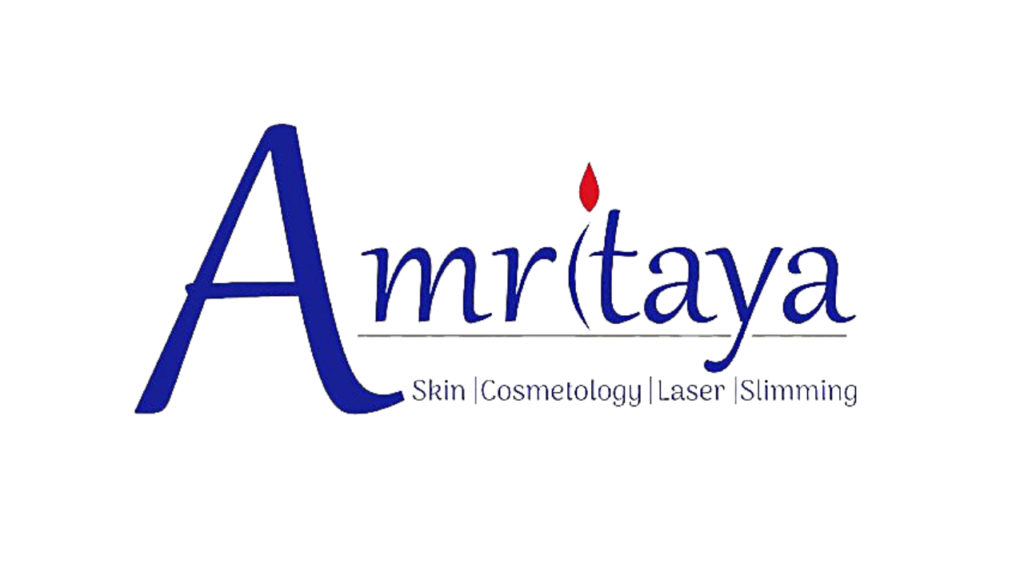Hair PRP Treatment Side Effects: Real Risks, Myths & Expert Prevention Tips
PRP (Platelet-Rich Plasma) therapy is a popular non-surgical solution for hair loss, but many people worry about PRP hair side effects. In this blog, we break down real risks, debunk myths, and give expert tips to minimize side effects of PRP for hair.
What Are the Common PRP Hair Side Effects?
Even though PRP for hair in Noida is safe, some mild side effects can occur:
-
Redness or Swelling at Injection Site
Temporary redness or swelling may appear but usually subsides within a few hours. -
Pain or Discomfort
Mild soreness at the scalp may occur post-treatment, but it is short-lived. -
Bruising
Small bruises can develop at the injection points. -
Infection (Rare)
Following sterile procedures and choosing a certified clinic reduces the risk of infection. -
Temporary Hair Shedding
Some patients notice shedding initially; this is usually part of the natural hair growth cycle.
Myths About PRP Side Effects for Hair
-
Myth 1: PRP therapy causes permanent hair damage → Fact: PRP stimulates hair follicles and is minimally invasive.
-
Myth 2: PRP is painful → Fact: Only mild discomfort occurs, usually managed with topical numbing.
-
Myth 3: Side effects are common → Fact: Most side effects are mild and temporary.
Expert Tips to Prevent PRP Hair Side Effects
-
Choose a certified dermatologist or hair specialist.
-
Ensure the clinic follows proper sterile techniques.
-
Avoid blood-thinning medications before treatment (consult your doctor).
-
Follow post-treatment care instructions carefully.
-
Maintain a healthy diet and scalp hygiene to support healing.
Conclusion
PRP hair therapy is safe, effective, and minimally invasive. While mild PRP side effects hair may occur, following expert guidance can minimize risks. Always consult a qualified specialist to ensure safe and effective results.
FAQs
1. What are the side effects of PRP for hair?
Mild redness, swelling, bruising, and temporary hair shedding are common side effects of PRP for hair. Serious side effects are very rare.
2. Is PRP for hair safe?
Yes, PRP therapy is safe when performed by a certified hair specialist. It uses your own blood, reducing the risk of allergic reactions.
3. Can PRP cause hair loss?
Temporary shedding may occur initially, but it is part of the natural hair growth cycle and not permanent.
4. How to prevent PRP hair side effects?
Choose a certified clinic, follow post-treatment care, and avoid medications that increase bleeding risk before the session.
5. How long do PRP side effects last?
Most side effects, like redness or mild discomfort, last a few hours to a couple of days.
